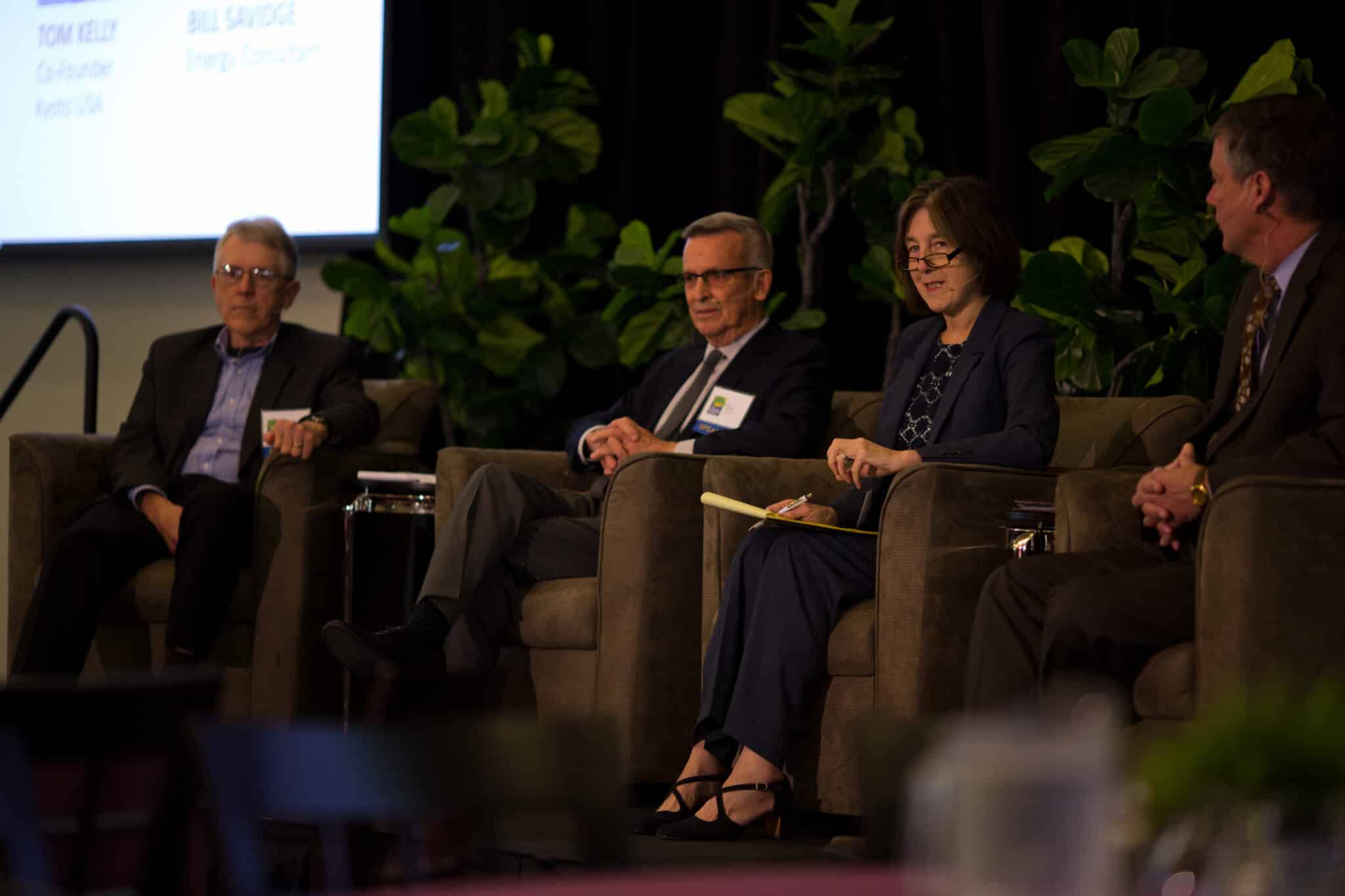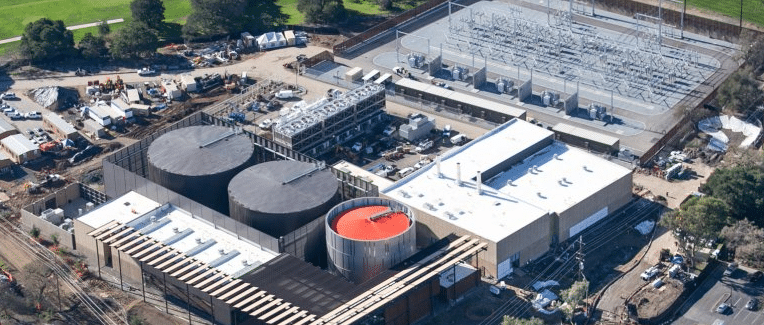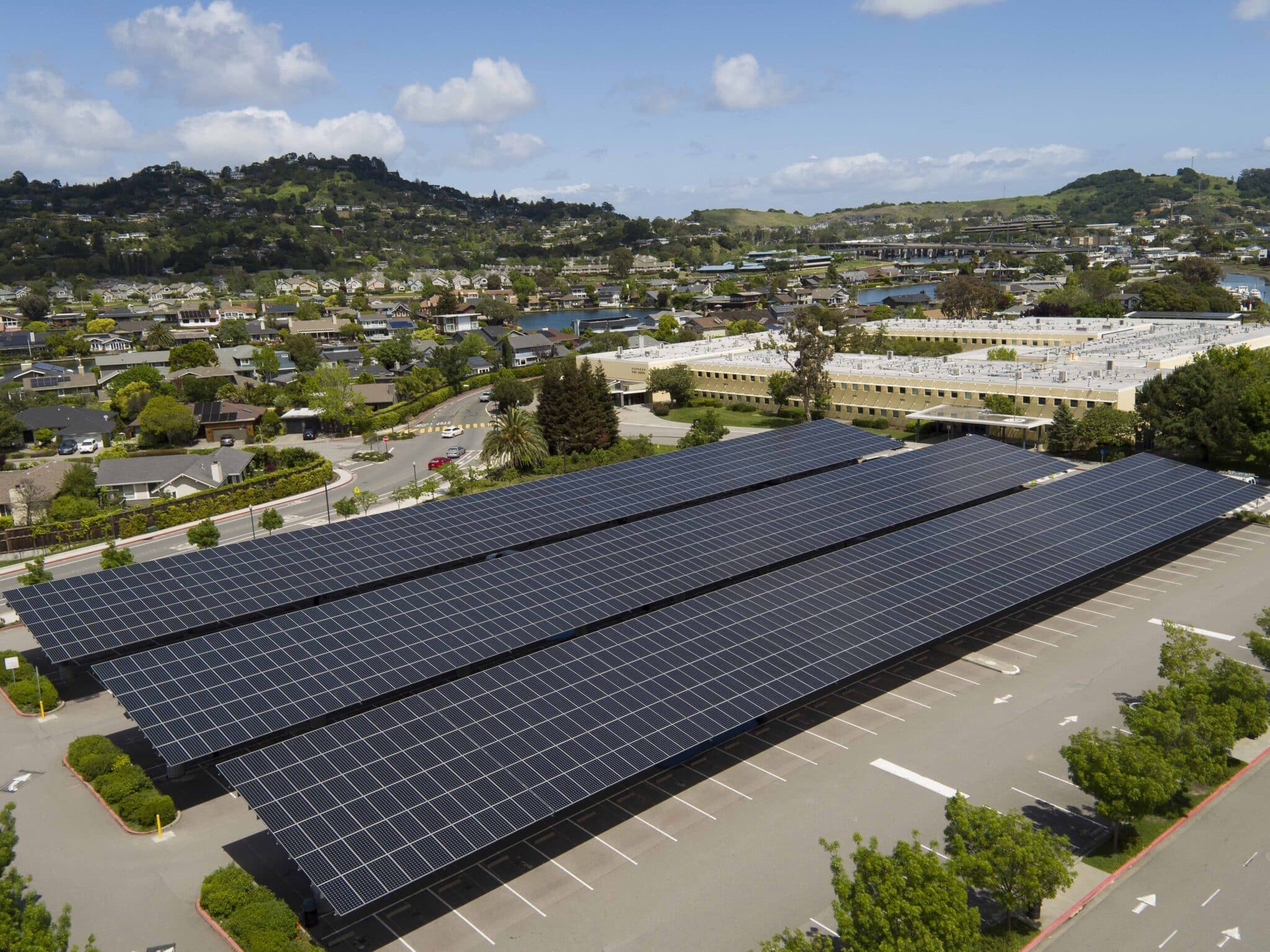Education and energy leaders gathered last week at Stanford University for the second annual Clean Energy for Education Symposium. The schools attending this growing conference are determined to provide students with a world-class education, while dramatically reducing the energy needed to sustain their institutions.
K-12 schools spend $6 billion annually in energy costs – more than on textbooks and computers combined, and second only to salaries. Colleges and universities spend $8 billion. The Department of Energy (DOE) estimates schools’ energy costs could be easily cut by 25% through basic energy efficiency measures and tighter building envelopes in new school construction.
Getting to Carbon Neutral Schools
One of the key reasons schools’ energy use is so significant is because of the increased use of computers. The prevalence of technology in schools is a great equalizer: It levels the playing field and provides lower socio-economic groups the same access to resources that they have needed for decades. But technology in schools has also fueled a huge spike in electricity use. Granted, newer laptops and computers are generally more energy efficient than older desktops and TVs but the impact on energy use cannot be ignored.

What can we do to reconcile these seemingly conflicting needs? Of course, good policy helps, and in California Prop 39 and bond money has helped make energy efficiency and solar projects affordable for many schools. The California Public Education Facilities Bond Initiative on the ballot this November would enable many districts to make construction improvements that are sometimes necessary to garner to full benefits of efficiency and solar efforts.
Many school districts are pursuing an energy strategy that, if not carbon neutral, is significantly less carbon intensive. On-site solar is often a piece of a well-planned energy plan that might also include renewable energy purchases of wind, geothermal or other forms of utility-generated energy. The districts and campuses that are doing this right have included energy as part of their master facilities plan, and make energy efficiency a district-wide priority that includes student engagement and community education.
From Energy Efficiency to Complete Energy Management
Stanford University considers sustainability a core value that directly supports its academic mission. The Stanford Energy System Innovations (SESI) project is a comprehensive energy strategy that is transforming Stanford into one of the most energy-efficient universities in the world.

While not many schools have the resources of a Stanford, school districts around the country are discovering how to drastically reduce energy consumption, and leveraging those savings to put more money into education.
Escondido Unified High School District, which serves 7,700 students in Southern California, will bring 2.2MW in solar carports online later this year, which is projected to cover 75% of district electricity needs. But before any solar was installed, the district took a holistic look at its energy use, and put together a plan that included upgrades to their building automation systems, lighting, HVACs, and other facility improvements that together will save the district more than $13 million once the solar is up and running. Escondido UHSD was also the first district in California to develop a battery storage plan.
Solar Today, STEM-Ready Tomorrow
More than 3,600 schools across the U.S. have solar installations on their roofs or parking lots. Solar energy is providing real returns to school districts and universities that turning solar-powered energy into real resources for schools. In our next post we’ll cover the reasons why solar is a smart investment for school districts – and advice from experts on how to start thinking about solar for your school.

There will be another Clean Energy for Education Symposium at Cal. State-Fullerton on May 20. Find out more.



